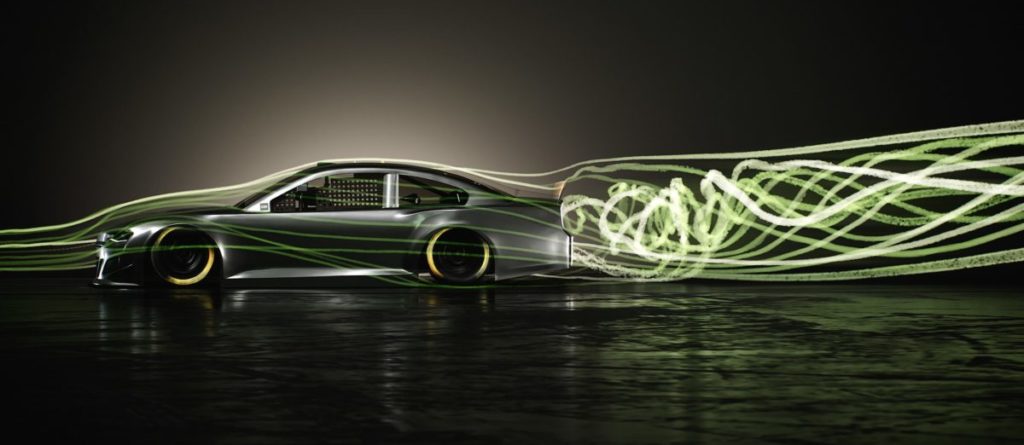NASCAR teams have seen ever increasing number limits placed on wind tunnel testing in recent years and as such, the use of CFD simulation has gained even greater importance. However, many teams do not have in-house CFD clusters and so outsource development work to specialists. One such team is JTG Daugherty Racing, which has been working with UK-based D2H Engineering, which also has a North Carolina office serving stockcar teams.
“JTG Daugherty Racing fought hard to continually raise their performance over the last few years,” said Noah McKay, D2H’s engineering director. “We worked with them for a while on the aero side last year and it was clear to us that our approach to CFD could help them make some gains, so in 2020 we have been given the opportunity to help them advance, with great results so far.”
McKay noted that the company’s strategy toward the CFD process when developing external aerodynamic performance is quite different to many others; specifically, the company is trying to challenge the perception of effective CFD being expensive and time-consuming.
McKay remarked, “CFD is often viewed as either effective but very costly and long-winded, or affordable but unable to provide useful results. However, we use Ansys CFD software, which we’ve found to be the fastest and most accurate solver while offering us the most options of any CFD software on the market.
“We have developed our own complementary software such as CAD-Check, which we deploy to further enhance the accuracy and speed of the process while giving us the control we need to manage the quality. In this way we can offer highly effective CFD analysis within a timescale and at a cost which surprises our customers.”
This software, which rapidly checks CAD data for viability and ensures higher precision results and fewer downstream delays from CAD errors, has been an important part of the jigsaw. McKay said, “CAD-Check can save days of engineering time versus a more trial-and-error approach, and it can be driven by the aero engineer with no requirement for CFD engineering input.”
Another notable difference is that the company employs far larger mesh sizes which, in this case, are 20 times larger than those generally employed. “The increased mesh size gives us real accuracy improvements, rather like a high-resolution photograph, allowing us to analyze specific areas in greater detail, which is critical when seeking improved aero performance.”
Dave Charpentier, JTG’s director of engineering, was certainly impressed by the gains the team saw from its CFD program. “It gives us access to state-of-the-art CFD tools and the experience to exploit them which would not normally be available to a team of our size. This has helped us put cars on the track that are the equal of much larger teams with significantly deeper pockets. They provided practical, workable solutions that we can implement immediately to improve our race cars on a consistent, continuing basis. Quite simply, engaging D2H is one of the best investments we’ve made.”



